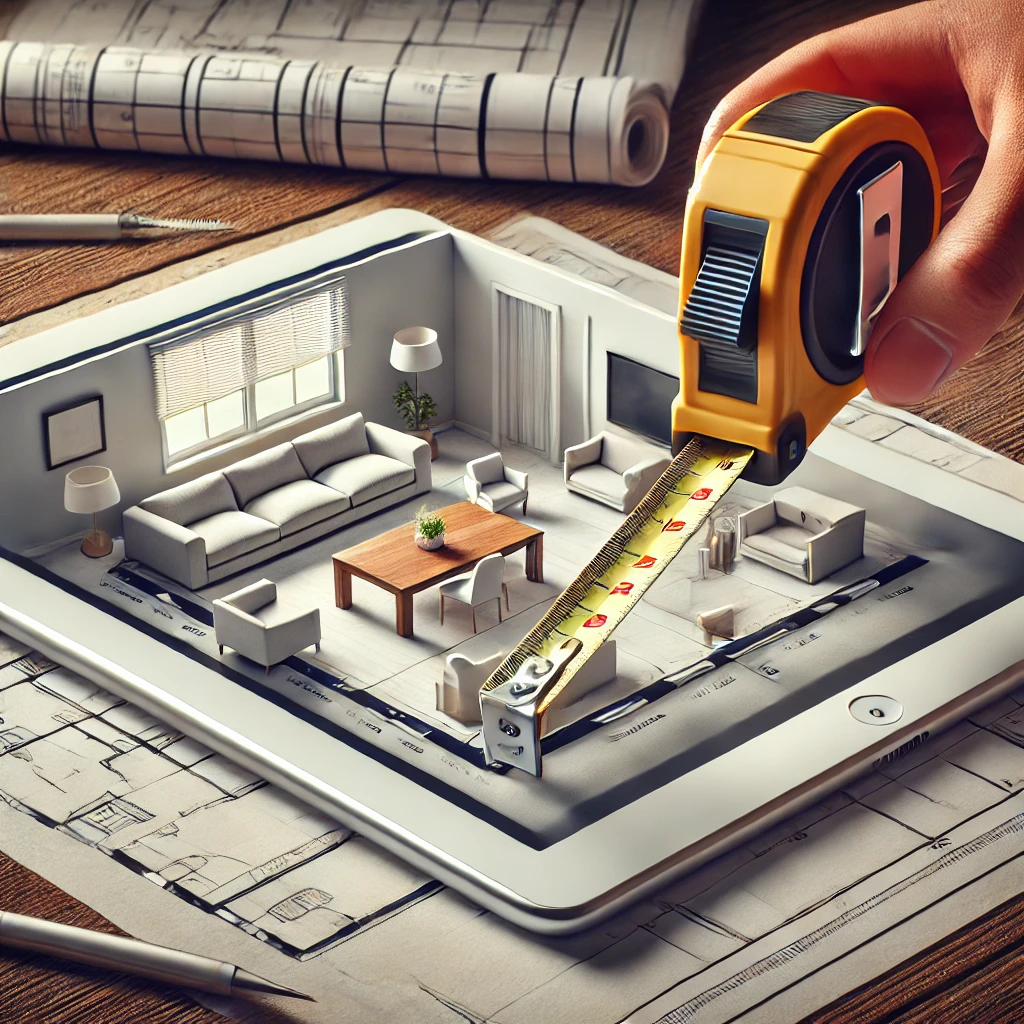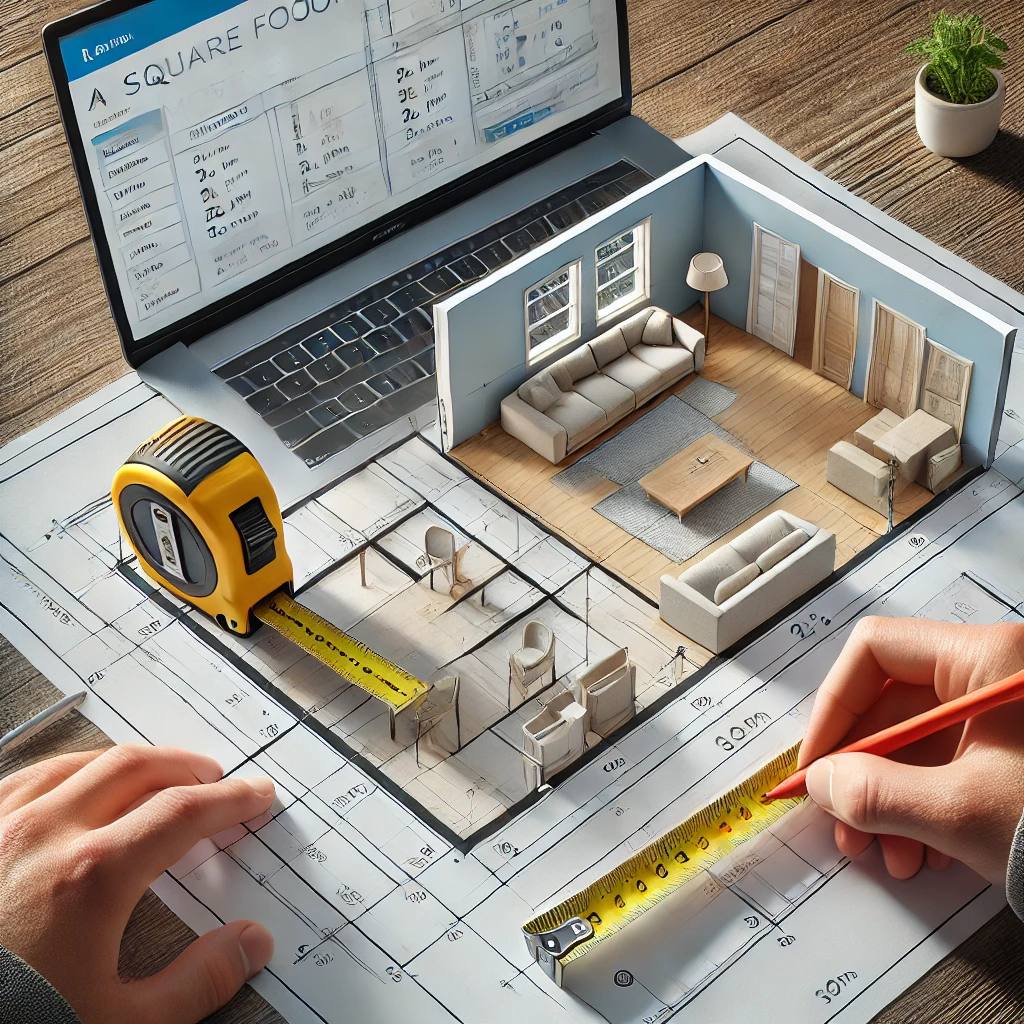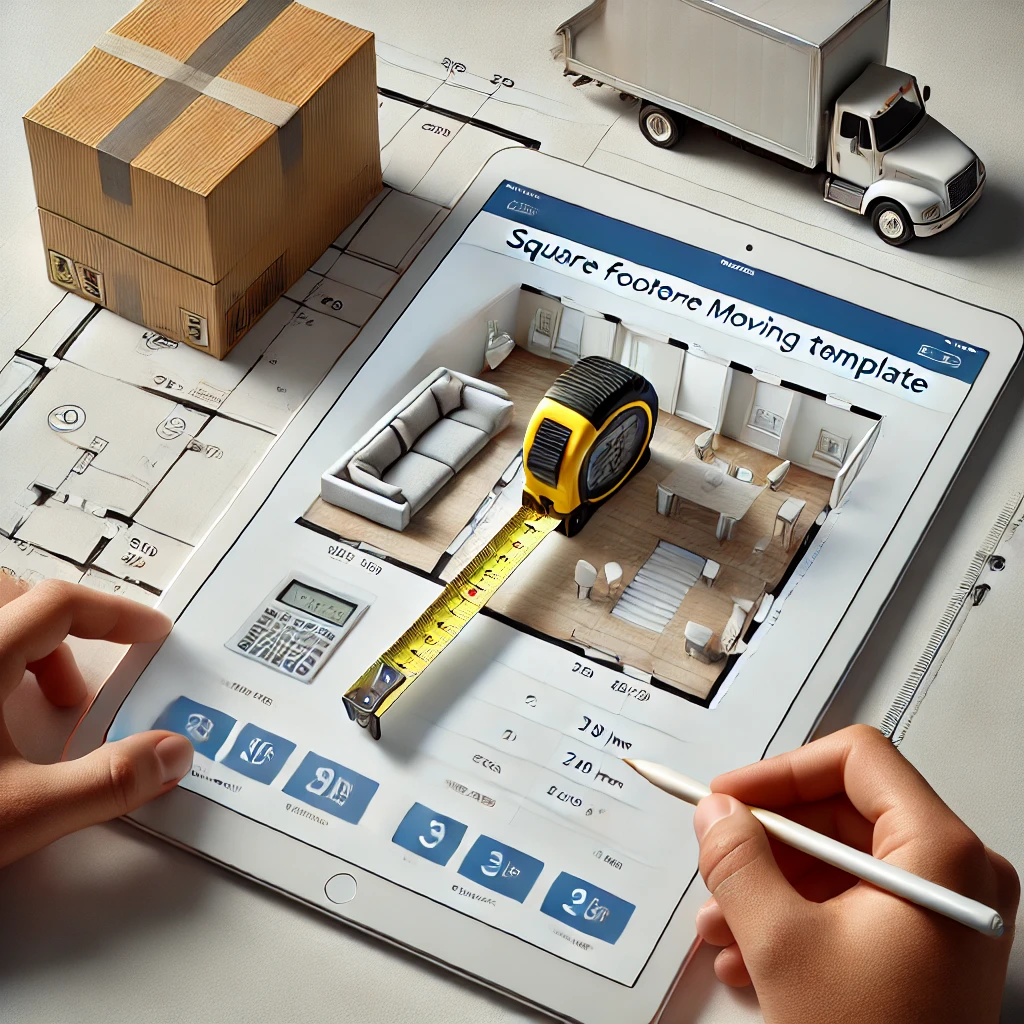Square Footage Moving Template: The Ultimate Guide to Accurate Moving Estimates

What is a Square Footage Moving Template?
A square footage moving template is a specialized tool used to calculate the volume of items to be moved based on the square footage of your home. This template helps moving companies and individuals estimate the size of the moving truck needed, the number of movers required, and the approximate cost of the move.
Why Use a Square Footage Moving Template?
- Accurate Cost Estimates: By providing a more precise measurement of your belongings, you can get a more accurate moving quote.
- Efficient Planning: Understanding the volume of your items helps in planning the logistics of your move.
- Avoid Surprises: A well-calculated estimate reduces the likelihood of unexpected costs or complications on moving day.
- Time-Saving: It streamlines the estimation process for both customers and moving companies.
Components of a Square Footage Moving Template
A comprehensive square footage moving template typically includes:
- Room-by-Room Breakdown: Spaces for listing each room’s square footage.
- Furniture Inventory: Checklist of common furniture items with their average cubic footage.
- Special Items Section: Area to note large or unusual items that may require special handling.
- Calculation Formulas: Built-in formulas to convert square footage to cubic footage.
- Additional Factors: Fields for factors like stairs, long carries, or packing services.
How to Use a Square Footage Moving Template
- Measure Each Room: Start by measuring the length and width of each room in your home.
- Input Measurements: Enter these measurements into the template.
- List Furniture: Check off or list the furniture in each room.
- Note Special Items: Add any items that may require special handling or additional space.
- Review Calculations: The template should automatically calculate the total cubic footage.
- Adjust for Factors: Consider factors like furniture density and packing efficiency.

Creating Your Own Square Footage Moving Template
While many moving companies provide their own templates, you can create a basic one using spreadsheet software:
- Create columns for room name, length, width, and square footage.
- Add a formula to calculate square footage (length x width).
- Include a section for listing furniture and special items.
- Add a column for the estimated cubic footage of furniture.
- Create a sum formula to total all cubic footage estimates.
Estimating Moving Costs with Your Template
Once you have your square footage and volume estimates, you can use this information to get more accurate moving quotes:
- Research Moving Rates: Look into average moving costs in your area.
- Get Multiple Quotes: Provide your square footage and inventory to several moving companies.
- Compare Estimates: Look at how different companies price based on your template information.
- Ask About Additional Fees: Inquire about any fees not included in the initial estimate.

Tips for Accurate Estimates
- Be Thorough: Measure every room, including closets and storage spaces.
- Don’t Forget Outdoor Items: Include patios, garages, and sheds in your calculations.
- Account for Density: Some rooms (like kitchens) may have more items per square foot.
- Consider Seasonality: Moving costs can vary based on the time of year.
Beyond the Template: Comprehensive Moving Cost Calculators
While a square footage moving template is an excellent starting point, many online tools offer more comprehensive moving cost calculators. These often factor in:
- Distance of the move
- Additional services (packing, storage, etc.)
- Special handling requirements
- Insurance options
DIY vs. Professional Movers: Using Your Template to Decide
Your square footage moving template can help you decide whether to hire professional movers or opt for a DIY move:
- Calculate DIY Costs: Use your volume estimate to price truck rentals and packing supplies.
- Compare with Professional Quotes: Get estimates from moving companies based on your template.
- Consider Time and Effort: Factor in the value of your time and the physical effort required
Preparing a Moving Budget
Use your square footage moving template as a foundation for a comprehensive moving budget:
- Moving Service Costs: Based on your template estimates.
- Packing Supplies: Calculate based on your inventory.
- Travel Expenses: For long-distance moves.
- Temporary Housing: If needed during the transition.
- Utility Setup Fees: At your new location.
Special Considerations for Long-Distance Moves
For moves across state lines or long distances:
- Weight Estimates: Convert your cubic footage to weight estimates (typically 7 lbs per cubic foot).
- Interstate Regulations: Be aware of different state requirements for movers.
- Delivery Window: Understand potential delivery timeframes for long-distance moves.
Using Your Template for a Smooth Move
Beyond cost estimation, your square footage moving template can help with:
- Packing Strategy: Prioritize rooms and items based on volume.
- Decluttering: Identify areas where you can reduce volume to save on moving costs.
- Insurance Decisions: Use your inventory to determine appropriate moving insurance coverage.

Technological Advancements in Moving Estimates
While square footage templates are invaluable, technology is advancing the field of moving estimates:
- Virtual Surveys: Some companies offer video surveys to provide estimates.
- 3D Modeling: Advanced apps can create 3D models of your space for ultra-accurate estimates.
- AI-Powered Calculators: Artificial intelligence is being used to refine moving cost predictions.

Common Mistakes to Avoid
- Underestimating: Be realistic about the volume of your belongings.
- Forgetting Irregular Items: Don’t overlook items that don’t fit standard measurements.
- Ignoring Accessibility: Factors like stairs or narrow doorways can affect moving costs.
- Assuming All Companies Use the Same Metrics: Different movers may interpret your template differently.
Conclusion: Mastering Your Move with a Square Footage Template
A square footage moving template is more than just a tool for getting quotes – it’s a comprehensive planning device that can streamline your entire moving process. By accurately assessing the volume of your belongings, you can make informed decisions about every aspect of your move, from choosing a moving company to budgeting for supplies.
